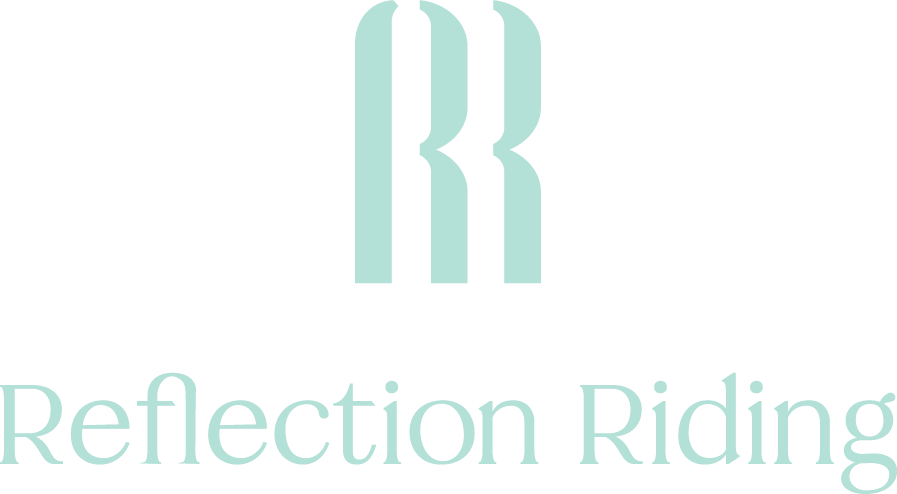Plant This, Not That
Popular landscaping plants often include non-natives and invasive species that do not benefit ecosystems (sometimes even causing extreme harm!). We’d like to share several native alternatives that support our Southern Appalachian habitat AND bring beauty to your space!
In the world of landscaping, there are so many options! The pool of choices can sometimes feel overwhelming, but we’d like to direct you toward plants that benefit our natural world. Many plants in big box stores are beautiful, although they’re not adapted to our region. They can often survive (and even thrive) with proper care, but sometimes, these plants sometimes cause havoc on our ecosystems. Invasive species, in particular, are plants that thrive so well in our climate that they outcompete native species. This harms the entire ecosystem by disrupting food chains, altering habitat, and decreasing overall biodiversity.
White Fringetree (Chionanthus virginicus) in full bloom!
We’d like to share several resilient native plants that are lovely alternatives for common landscaping choices. They attract wildlife and benefit the ecosystem; plus, they’re altogether stunning and easily maintained!
Plant White Fringetree, not Crape Myrtle. White Fringetree (Chionanthus virginicus) has beautiful white blooms in spring that attract pollinators and wildlife. Plus, it’s resistant to drought and pests! Crape Myrtle (Lagerstroemia spp.), a native to East Asia, is susceptible to fungal diseases in our region.
Plant Shadblow Serviceberry, not Bradford Pear. Shadblow Serviceberry (Amelanchier canadensis) is an early spring bloomer that attracts birds and butterflies with showy white flowers. Bradford Pear (Pyrus calleryana) is a highly invasive plant in our area that spreads uncontrollably and is prone to breakage. It’s also smelly!
Plant Florida Anise Tree, not Common Camellia. Florida Anise (Illicium floridanum) is a low maintenance plant that has unique, beautiful red blooms. The Common Camellia (Camellia japonica), although beautiful, often struggles in our regionally heavy soils.
Plant native roses, not nonnative/hybrid roses. Native roses, like the Carolina Rose (Rosa carolina), attract wildlife and pollinators. Plus, they’re drought-tolerant! Non-native roses are not ecologically beneficial, and the Multiflora Rose (Rose multiflora) is highly invasive!
Plant Sweetbay Magnolia, not Star Magnolia. Sweetbay Magnolia (Magnolia virginiana) is a beautiful semi-evergreen resistant to disease and a host plant for butterflies. The Star Magnolia (Magnolia stellata) is not native to our area and is often susceptible to fungal diseases.
Dwarf Fothergilla (Fothergilla gardenii) with brush-like blooms in spring.
Plant native azaleas, not non-native azaleas. In our region, the Florida Flame Azalea, Pinxterbloom Azalea, and Sweet Azalea are all beautiful species that benefit the Southeastern ecosystem. Non-native azaleas and cultivars are often common nursery plants, but they lack the same ecological benefits.
Plant Fothergilla, not Butterfly Bush. Fothergilla (Fothergilla major and F. gardenii) are shrubs that thrives in rain gardens and tolerate flooding with stunning, puffball blooms. Although the Butterfly Bush (Buddleja davidii) is a butterfly magnet, this plant is invasive and harms our ecosystem by spreading uncontrollably and crowding out natives.
Plant Coneflower or Milkweed, not Zinnias. Zinnias naturally grow in Mexico and Central America, which makes them more susceptible to bacterial and fungal diseases in our colder climate. Coneflower (Echinacea spp.) is a prolific genus that provides insects and birds with a hearty food source, like the once-endangered Tennessee Coneflower! The large flowers entice bees, butterflies, and other pollinators! Milkweed (Asclepias spp.) is another beneficial genus that hosts the Monarch Butterfly during its larval stage.
Plant Swamp Rose, not Rose of Sharon. Swamp Rose Mallow (Hibiscus moscheutos) is a native hibiscus that hosts 28 species of butterflies and moths as caterpillars—wow! Rose of Sharon (Hibiscus syriacus) is an aggressive grower that spreads uncontrollably and crowds out native species.
Yaupon Holly (Ilex vomitoria) with red berries, an important food source for wildlife!
Plant Yaupon Holly, not Boxwood or Privet. Yaupon Holly (Ilex vomitoria) is a dense evergreen shrub that is versatile and well-suited as a hedge, screen, or specimen plant. This plant has many traditional uses, and its leaves can be made into a tea high in antioxidants! Boxwood (Buxus spp.), although one of the most common shrubs used in landscaping, is not native to our area. This means the plant is less tolerant to extreme temperature fluctuations and more susceptible to disease. Privet (Ligustrum sinense) is another common hedge-like shrub you may come across at the store—this one is highly invasive!!
Plant native honeysuckles, not invasive honeysuckles. Honeysuckle plants make up some of the most common invasives found in the Chattanooga area. Lonicera maackii and Lonicera japonica are two of these species that are highly invasive! Coral Honeysuckle (Lonicera sempervirens) and Mountain Bush Honeysuckle (Diervilla rivularis) are two native species that attract hummingbirds and other pollinators—plus, they’re beautiful!
Visit our Native Plant Nursery to browse beautiful natives such as these—open Thursday through Saturday (9 AM to 4 PM) during the growing season.





